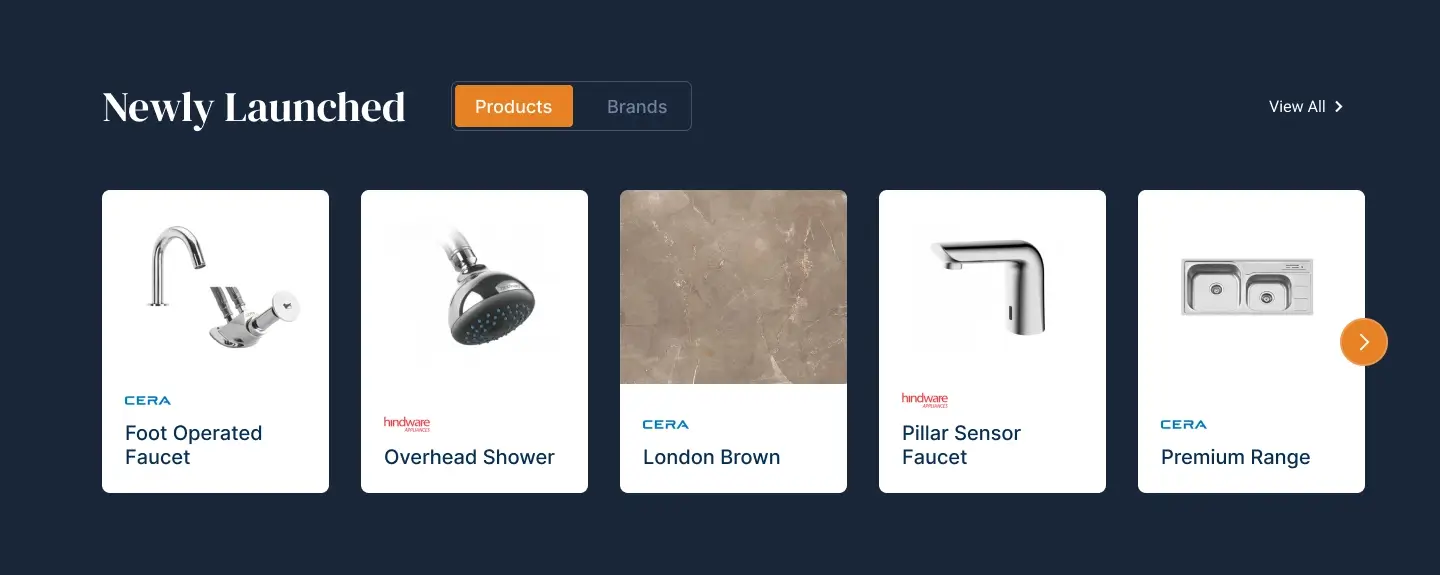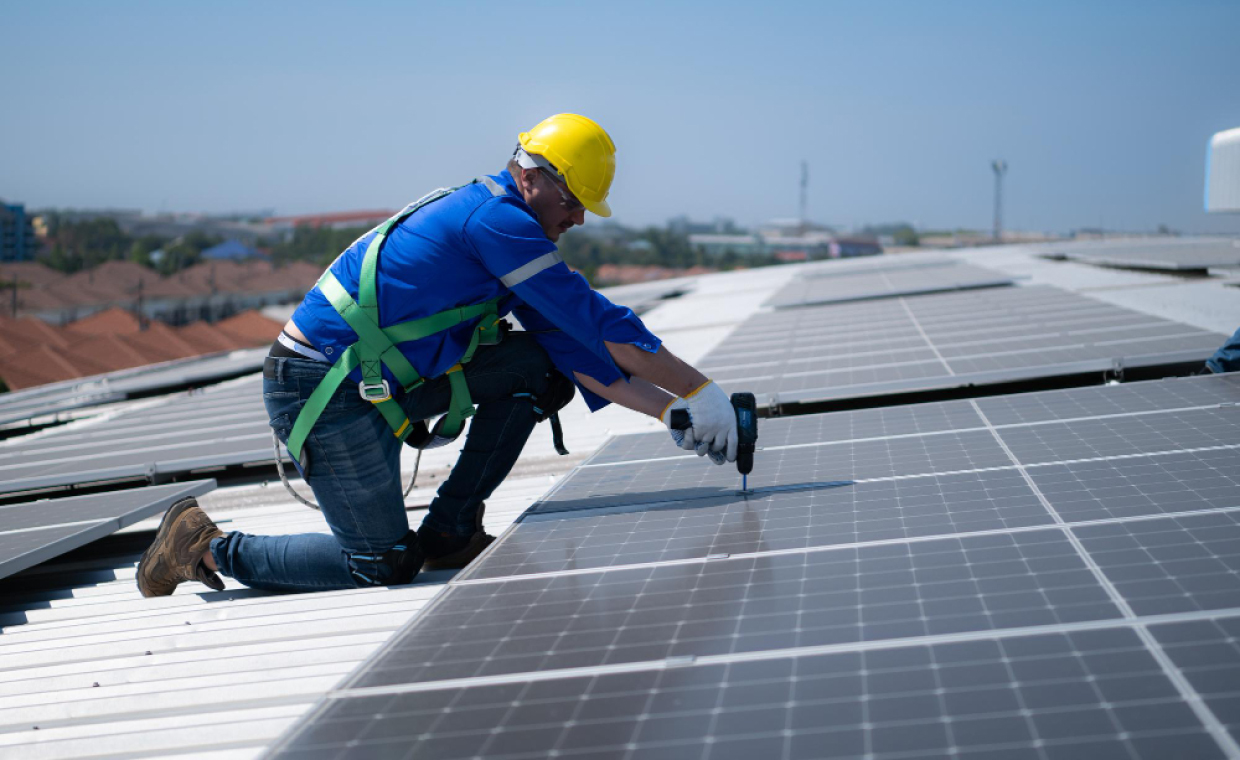
Table of Contents
What is Excavation?
Excavation is defined as the process of removing earth, rock, or other materials using tools, equipment, or explosives. It comprises earthwork, trenching, wall shafts, tunnelling, and underground work, among other activities.
Excavation is a crucial construction process for building foundations, reservoirs, and highways. A new structure cannot be securely developed on a site without proper excavation, and it is also essential for geotechnical applications.
Excavation is considered the most dangerous activity in construction.In this blog, Gharpedia sheds light on excavation hazards and prevention.
What are Excavation Hazards?
Excavation hazards are the risks associated with soil excavation on construction sites. Both surface workers and those working inside trenches are at risk throughout the excavation process. As a result, appropriate safety precautions must be taken to mitigate these hazards.
Excavation sites are hazardous workplaces. Without the proper safety equipment and measures, there is a high risk of injuring your team, endangering the public, and damaging both the site and equipment.
The best way to begin and complete an excavation project safely and without the risk of liability is to prepare and maintain a safe working environment.
Common Excavation Hazards
Before you begin your next excavation project, make sure you are aware of the risks involved. Here are seven frequent excavation hazards:
1. Falling Loads

Courtesy - Gemini - AI Generative
As your excavator removes debris, the weight can shift or fall. Accidental slips can happen even with the most expert operator. Define the work area clearly while working with excavating equipment. When the excavator is in use, your team should stay away from the machine and the moving and stored debris. When stacking or piling material away from the edge of an excavated pit or trench, adhere to Occupational Safety and Health Administration (OSHA) regulations that strive to protect workers from hazards that could cause injury, illness, or death.
2. Cave-Ins

Courtesy - Gemini - AI Generative
Underground excavation can cause the soil of the excavated trench to collapse. Worker injuries from trench collapse or cave-ins can occur even when workers take precautions. However, proper trenching safety protocols like shoring and sloping must be followed to prevent soil from shifting and caving in.
3. Damage to or Exposure of Underground Utilities

Courtesy - Gemini - AI Generative
Buried cable, water, gas, and electrical lines pose a significant risk during excavation. Accidentally hitting any of these while excavating can cause severe damage and threaten the safety of workers and bystanders. In some cases, city records can help site managers locate underground utilities.
As a safety measure, consider using a vacuum excavator truck to reduce the risk of damaging these utilities during digging.
4. Toxic Gases

Courtesy - Gemini - AI Generative
Rupturing a gas line will pollute the air around your excavation site, causing breathing issues. In addition to gas leaks, dust, smoke, and low oxygen levels can all contribute to toxic air quality, posing serious health risks to workers. This condition may also endanger nearby residents and occupants of surrounding buildings. Maintaining accurate records of underground gas lines and using air and water pressure to clean the worksite can help reduce these risks.
5. Moving Equipment

Large machinery always poses a risk. These machines are difficult to manoeuvre and require a dedicated spotter to ensure a clear path. Use flags or signals to control site traffic and alert workers and other machine operators when equipment is in motion.
Also Read: Various Types of Excavation Equipment Use on Construction Site
6. Worker Falls

Courtesy - Gemini - AI Generative
Workers can suffer injuries by tripping over debris, cables, or equipment. A fall into a trench or hole can result in serious harm. Implementing proper excavation safety measures, such as marking/barricading hazardous areas and equipment, can significantly reduce the risk of such incidents. Training workers to remain vigilant and mindful of debris, borders, equipment, and other risks on the job site is essential in preventing falls.
7. Unstable Structures

Courtesy - Gemini - AI Generative
Excavation near buildings, poles, or other structures has an impact on the structural integrity of surrounding structures. To safeguard the structural integrity of surrounding areas, implement appropriate excavation protective systems. Moreover, notify nearby building owners about the excavation work and secure any poles or other structures that may get damaged during excavation.
Also Read: Collapse of Building due to Excavation near Adjoining Property
Protective System for Excavation
Shoring Protective System

This method involves installing hydraulics, pneumatics, timber shoring, or other types of support along the sides of an excavation to prevent cave-ins. It helps stabilise the excavation face and prevents the movement of soil, underground utilities, roadways, and foundations. These protective systems can be installed without requiring workers to enter the trench.
Shielding Protective System

Shielding protective systems are among the most commonly used methods for preventing excavation cave-ins and provide highly effective protection for workers. Shielding systems of various types are available and can be used in all soil conditions. These systems typically include trench boxes, steel plates, or a combination of protective elements.
Unlike shoring, shielding protects the workers but does not support the excavation walls. A shielding system may be either a permanent structure or a movable one that advances with the excavation work. Workers are generally more familiar with shielding systems than with other types of excavation protection.
Slope Protection System

This excavation protective system involves cutting back the trench wall at an angle that slopes away from the excavation. The sloping method is regarded as the safest compared to shoring and shielding. It is the most cost-effective and safest protection system, but it requires adequate space around the excavation to obtain the required slope ratio, and the angle of slope required depends on the soil condition.
Another benefit of a sloped system is that workers, materials, equipment, or vehicles can be brought in or taken out from almost any direction. Overall, a sloping protection system offers multiple benefits.
Benching Protective System

Benching is an excavation protective system in which the sides of the excavation are cut vertically to create a series of horizontal steps or levels. Benching systems are among the less commonly used types of excavation protection in construction.
Control Of Excavation Work Hazards
Excavating a site for construction is a high-risk task. A significant number of fatalities in construction occur in excavation areas. Therefore, being aware of excavation hazards and implementing prevention strategies is essential for maintaining a safe work environment.
Here are a few points to keep in mind for managing excavation hazards:
- Employ workers who are familiar with excavation safety and possess the appropriate expertise. They must be able to recognise potential risks associated with excavation work, as well as identify and correct any unsafe practices they may be engaging in.
- Ensure that the workers follow OSHA’s safety procedures and recommendations. If they do not follow these standards, take appropriate action against them to reinforce accountability and maintain control over excavation hazards.
- All employees working at excavation sites must wear the necessary personal protection equipment (PPE). This is one of the most significant steps towards lowering the risk of injury or fatalities due to excavation-related accidents.
- Materials and tools required for excavation, such as planks for gangways, ropes, walkways, ladders, etc., must be inspected to ensure their integrity and prevent accidents due to equipment failure.
- Use metal or cable detectors to identify subsurface utilities. All new and existing services should be permanently marked above ground with appropriate signage and tape indicating the type of service, its depth, and route.
- The presence of hazardous gases must be accounted for. Diesel or petrol-engine equipment should not be used in excavations unless exhaust fumes are properly ducted away or forced ventilation is provided.
- The impact of moisture content and climatic fluctuations on excavated materials must be monitored continuously. Immediate measures should be taken to prevent accidents.
- During the excavation process, fencing must be installed to limit the movement of individuals and animals on the jobsite, ensuring the safety of both workers and the public.
- A sufficient number of warning signs and lights must be in place around the area to prevent members of the public from accidentally falling into the excavation pit.
- Vehicles should be kept away from the excavation site to prevent them from accidentally driving into the pit or placing additional load on the excavation walls, which could lead to a collapse. Barriers or obstacles (baulks) can be installed for this purpose and should be painted for better visibility. If trucks are required to tip materials into the excavation, stop blocks must be used to prevent them from overrunning the edge.
- When placing or removing excavated material, ensure it is kept at least one metre away from the edge of the excavation. Soil, plants, and other debris should not be stored along the sides, as loose materials can fall back in. The added weight also increases the risk of sidewall collapse.
- In order to prevent flooding, reliable methods of pumping out the excavations should be in place. Special attention should be paid to directing the discharged water away from nearby low-lying areas to avoid water accumulation.
- Use soil protection methods such as stepping, sloping, and shoring to prevent trench collapses. The trench sides can be stabilised by cutting them at a safe angle or by using sheeting or other support systems.
Conclusion
Preparing for and avoiding potential excavation hazards improves the safety of your workers while also assisting you in completing each project safely and on schedule.
Also Read:
Dewatering Methods During Excavation in Waterlogged Area
50+ Safety Tips while Doing Excavation Work for Home Foundations!
Excavation Hazards and Prevention FAQs
01. What is the common hazard in excavation?
Falling loads and cave-ins are the most common hazards in excavation. These accidents are unpredictable and can result in fatal injuries.
02. What are the preventative measures for excavation?
Preventative measures for excavation include shoring, sloping, and benching. Additionally, proper training, the use of personal protective equipment (PPE), and regular site inspections help minimise potential risks.
03. What are the hazards of an excavator?
Excavators are large and difficult to operate. They pose risks such as toppling over, limited visibility due to blind spots, and the potential to run over objects or people.
04. What are the hazards of earthwork?
Hazards associated with earthwork include falling loads, airborne dust, manoeuvring heavy machinery like excavators, and the potential to compromise the substructures of nearby buildings.
05. What should be done before excavation begins?
Check for underground utilities, implement appropriate protective measures, and provide a safety briefing to all workers.
Author Bio
Fathima Israr Khan – I’m Fathima Israr Khan, an MTech second-year student in Geotechnical Engineering at NIT Silchar.






























